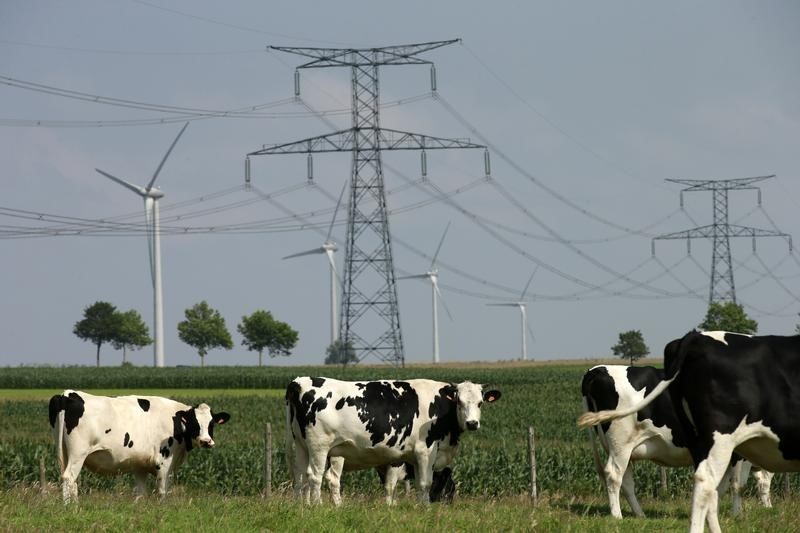By Leah Douglas
WASHINGTON (Reuters) – The Biden administration said on Friday it will provide nearly $200 million to fight the spread of bird flu among dairy cows, in the administration’s latest effort to contain outbreaks that have fueled concerns about human infections with the H5N1 virus.
The virus has been found among dairy cattle in nine states since late March. Scientists have said they believe the outbreak is more widespread, based on findings from the U.S. Food and Drug Administration of H5N1 particles in about 20% of retail milk samples.
The U.S. Department of Agriculture (USDA) will provide $98 million to provide up to $28,000 per dairy farm for efforts to contain the spread of the virus between animals and people and for testing milk and animals for the virus, according to a statement. the agency Friday.
“USDA is doing the work to detect and eliminate H5N1 in the dairy herd,” Agriculture Secretary Tom Vilsack said during a call with reporters.
The Department of Health and Human Services (HHS) said it would provide $101 million through the FDA and the U.S. Centers for Disease Control and Prevention (CDC) to protect the nation’s public health and food supply.
“The risk to the public from this outbreak remains low,” HHS Secretary Xavier Becerra said on the call.
The money includes $34 million through the CDC for testing efforts and public health laboratory support, $8 million for vaccines and $3 million for wastewater monitoring.
Although the CDC has said the public health risk is low, scientists are closely watching for changes in the virus that could make it spread more easily among people.
Remove ads
.
The FDA will also provide $8 million to ensure the safety of the commercial milk supply.
“At this stage there are no concerns about the safety of commercial milk or beef supplies,” Vilsack said on the call. Health experts have warned against consuming raw milk, but said pasteurization appears to kill the virus.
A Texas dairy farm worker tested positive for the virus and reported conjunctivitis, commonly known as pink eye.
To limit transmission among livestock, the USDA on April 29 began requiring that lactating dairy cows test negative before being transported across state lines.
In the first week of the order, USDA labs reported 905 tests, of which 112 were presumptive positive, an agency spokesperson said.
The figure could include samples tested more than once or collected for other purposes such as research studies, the spokesperson said.
(This story has been officially corrected to replace paragraph 13 with updated figures from USDA)


